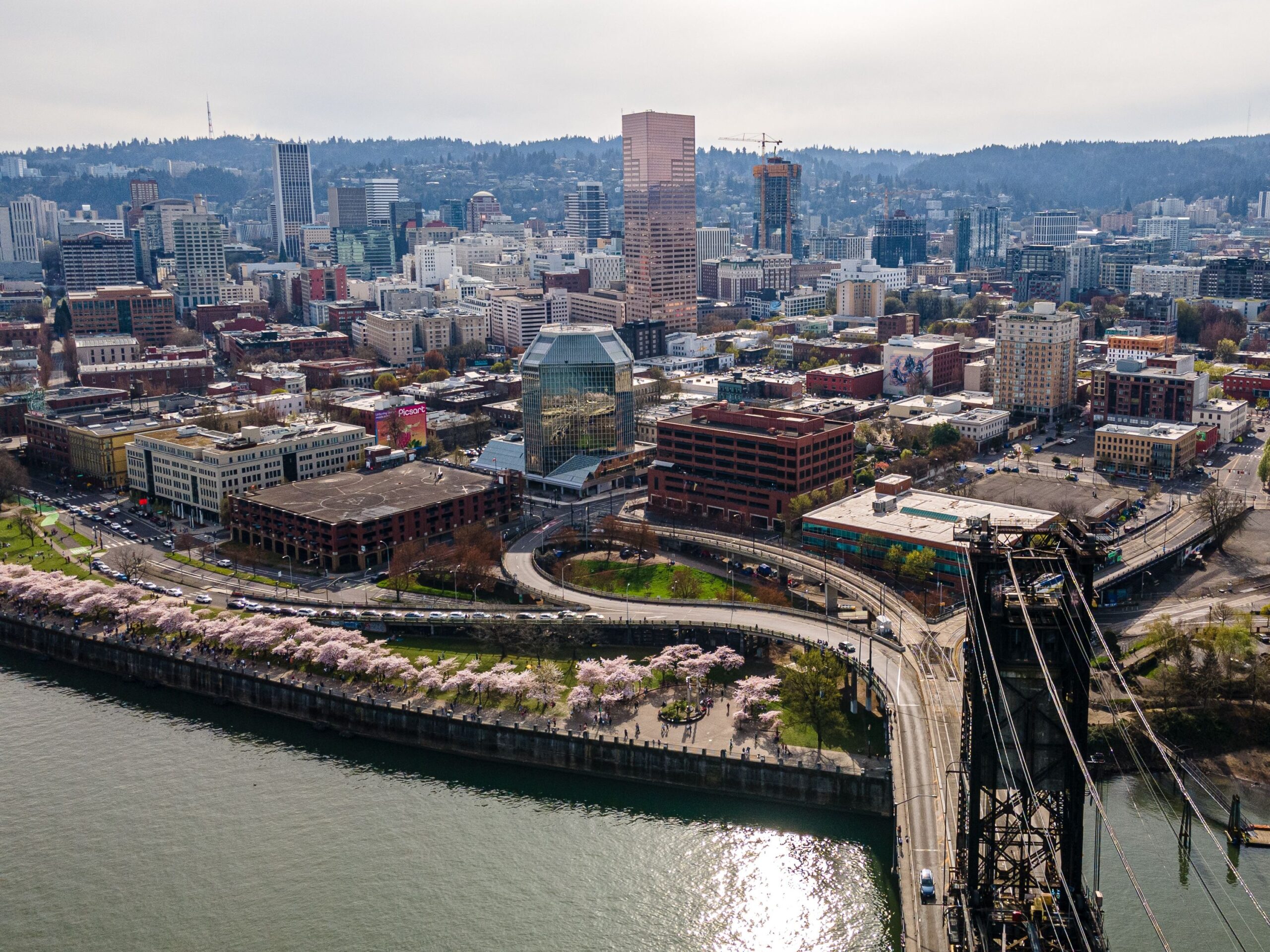Experts say the changes — along with increases in employment and incomes — are signs the city’s economy is rebounding.
A new survey ranks Multnomah County as the number one county for incoming investement for the first time in six years — and another shows a 126% increase in year-over-year sales for multifamily units in 2021 and the third highest population growth of any city in the Northwest region that year.
A Smartasset survey released last week ranked Multnomah county as the number one Oregon county for incoming investment for the first time in six years. And in March, the commercial real estate services firm Colliers released the Northwest Region Multifamily Market Report, which showed a 126% increase in year-over-year sales volume for multifamily units in 2021, and the 3rd-highest population growth of any city in the Northwest region that same year.
Sean Worl, a vice president at Colliers Portland office, says his company’s report shows people are more willing to choose Portland over other cities in state, and in the region.

Sean Worl. Credit: Colliers
“Before COVID, we started to see the kind of pressure release valves of urban demand overflowing into suburban markets. It seemed like every suburb had its moment in the sun,” says Worl. “All those markets were flooded with people who were, for the most part, part coming out of the city. That demand hasn’t quite abated, but the urban markets have started to fill back in.”
State economist Lehner tells Oregon Business the reports from Colliers and Smartasset generally confirm the prediction, made in his December article “What’s Wrong With Portland?” — then the worst-performing regional economy in the state — that the city’s economy would recover from the COVID-19 recession.
“We continue to see employment and incomes increase,” Lehner says. “In terms of multifamily apartment, vacancy rates are back down in the urban core. It’s not just the metro area, that’s in downtown Portland. I think the population rebound is real. I think that the demand to live in Portland has returned. How quickly it’s growing. We don’t know yet. But I think that’s the all the signs are there.”
Ironically, Lehner says the biggest point of concern for the city’s recovery is the downward trend of new building permits, the same indicator which he pointed to in his analysis as a sign of Portland’s gathering economic strength.
“The one thing I will say that has changed for the worse, since I wrote [the article] is the new permit for multifamily construction in Multnomah County have tailed off again, so it was more of a dead cat bounce at the time,” says Lehner. “But certainly the demand to live in Portland is back. The fact that the new construction looks like it’s tailing off again in the last six months is discouraging, because we know we need to [build] more units.”
It is possible more of these encouraging numbers could prove to be anomalies. But even if future economic reports come back middling, it might not necessarily mean the city’s recovery has slowed. Worl says even negative reports should be taken with a grain of salt.
“If in October we have negative economic reports, and start seeing more significant job losses, that may be a problem. Or it may be that’s just where the stock market hasn’t had that trickle-down effect on corporate jobs,” says Worl. “At Burgerville I still see a $300 signing bonus, I see it every time I drive by.”
If the economy enters another recession, the Portland area could once again struggle. But current data suggests that despite headwinds, Oregon’s largest city is back in business.
To subscribe to Oregon Business, click here.




